Lake Sailing with Immersed Blade
ACROSPIRE I on Lake Wendouree
Albert Park Lake in Melbourne and Lake Wendouree in Ballarat are large freshwater metropolitan lakes that are often forgotten for their contribution to boating, yacht design and racing over 150 years. Sailing competitions mostly started with commercial fishermen having a weekend picnic race like the Couta boats in Western Port Bay or the duck hunters in their flat punts on the lower Barwon River and Lake Connewarre. But it was the Victorian lake clubs where sailing purely for recreation started in the 19C with the inevitable design innovations that follow.
Albert Park Lake (50 Ha & 1.5m deep) is a large man-made lake just south of the Melbourne CBD. Originally a swampy delta of lagoons and marshes, part of the Yarra drainage system. From the early 19C the area was drained and filled for agriculture and parkland. In the 1870’s the lake was excavated, formally banked and a promenade built. The water level was maintained with a fresh water connection from the Yarra River. Lake Wendouree (240 Ha & 2m deep) forms the NW corner of the City of Ballarat, a 19C gold rush town in central Victoria. The artificial lake was also built in the 1870’s from a series of river dams and swamps that had supplied water to the town.
Yacht clubs soon followed with Albert Park YC starting in 1871, Ballarat YC in 1887 and Ballarat Amateur Sailing Club in 1888. Inter-club lake regattas and rivalries were already well established by the late 1880’s. The first two clubs are still going strong as homes to recreational boating and dinghy sailors.
The early lake yachts, often called “flatties” had significant and lasting influence on dinghy and commercial fishing boat design in Victoria. These 19C lake boats were often professionally designed and built ...usually gaff rigged over a half decked carvel hull of shallow draft with an adjustable centreboard. Typically they carried a long bowsprit and boom overhang to almost double the boat’s length with sail foot. While this does not seem radical to present day dinghy sailors, at the time it most definitely was.
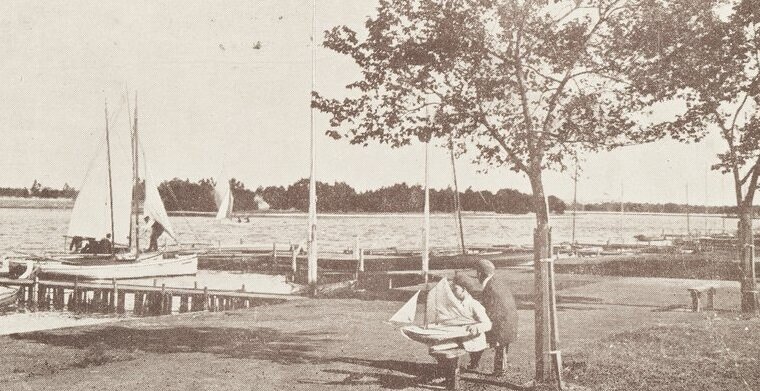
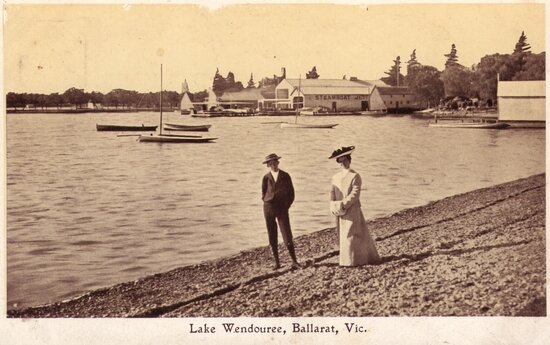
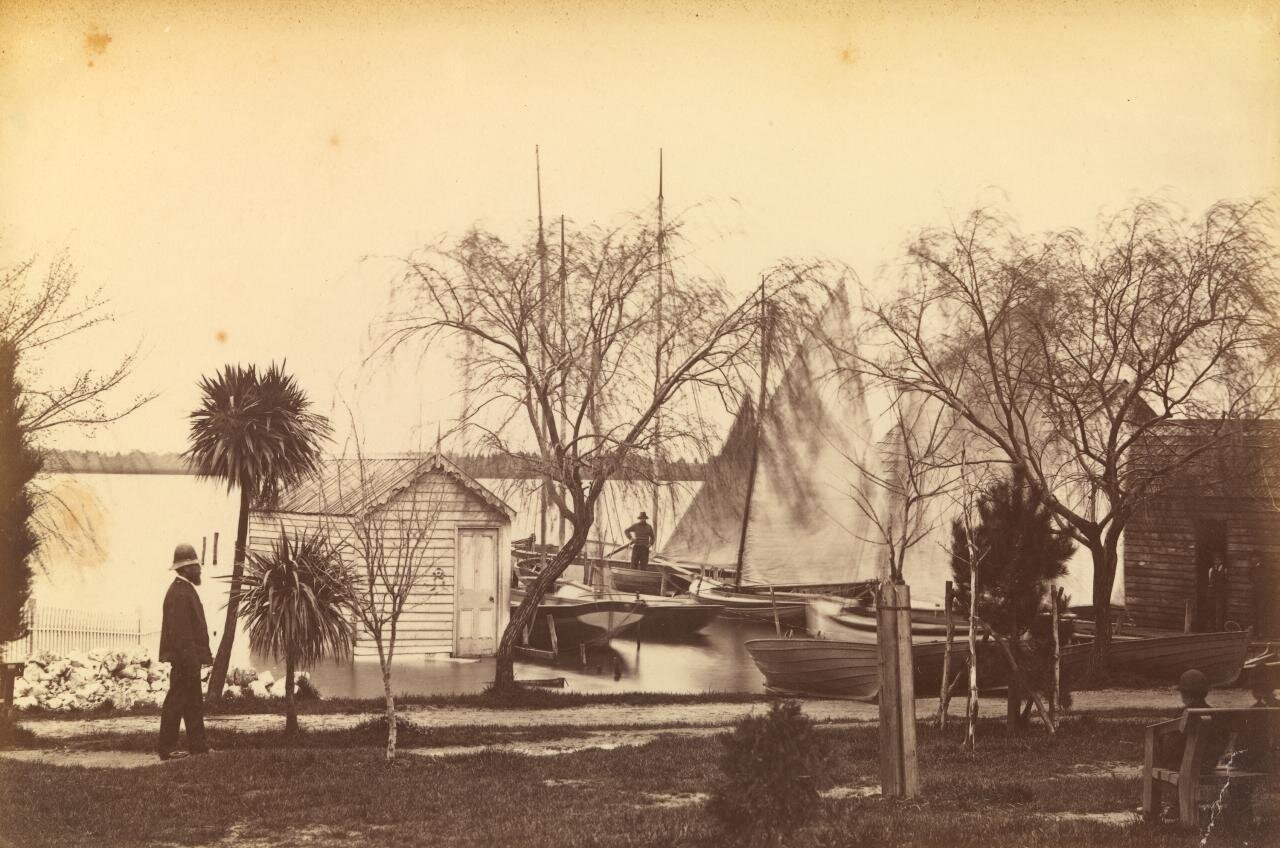
The Designers
Flat bottom centreboarders go back to developments in America brought to Sydney and Melbourne via Liverpool. Robert Fish was a well-known boat designer in New Jersey in the 1850’s. He was experienced with Catboats and Sandbaggers (stories for another day) used as working boats on the NE tidal estuaries. Fish developed a design that became influential around the world, exemplified by the 20’ TRUANT. In 1853, this boat was shipped from New York to Liverpool by her owner who was on a commercial posting. To the English, still sailing deep keeled cutters, TRUANT was an unbeatable new design that became known as the “skimming dish”.
“Her hull of some 20’ with a 7’ beam, was about as flat as a butcher’s tray, sharp in front but full behind. She has a shifting keel by which she can either draw about eight inches of water when running or 4’6” when beating, at which time only her keel is put down like any ordinary boat’s. She has her mainsail flat as a board and laced; and carried forward what is known to yachtsmen by the appellation of a “bumpkin” foresail, also laced to the boom. These, with a small topsail, constitute her suit”; and
“This strange-looking little foreigner has her mast stepped in her very eyes (Catboat), has a long easy entrance and carries her body all aft and does not draw much more water than about a foot in ballast trim”.
Two Merseyside boatmen, Henry Murray and Alfred Bower had seen the American import, “a queer-looking centreboard craft” win everything in England. Both were involved with the Birkenhead Model Yacht Club with a charter of “scientific experiment and practical deduction to improve boat design” (Model being a common term for a ship’s hull). Experimental design for efficiency and speed was on their minds so the arrival of TRUANT was hugely influential.
Murray, a trained shipwright arrived in Melbourne during the 1850’s gold-rush before moving to Ballarat. He was one of few trained yacht designers in the colony and was familiar with this new skimming dish. He called it “surface sailing”;
“where the hull should skim over the surface of the water, while the immersed blade increases the lateral resistance, and enables them then in ordinary weather to hold a wind with their deep-keeled rivals.”
Bower unusually sold boats in Australia. PRESTO his 27’ boat shipped to Sydney in the 1850’s was described as a copy of TRUANT. She sailed with a small crew using 650 Ibs of metal ballast that slid to windward on tracks. She easily outran the local working and racing boats that were mostly undecked, over canvassed, deep keeled and required large crews as ballast and to trim the sails (see Esmerelda).
Murray’s influence in Victoria extends to the design of fishing boats and racing yachts. He is credited together with the Lacco Bros as a major influence on the design of the Couta boats that were used to catch Barracouta in the notoriously rough waters along the Bass Strait coast (See SWS 1st April Where is the Couta’s True Home?). The etching of TRUANT shows remarkable similarity to the Couta boat. These half-deck centreboarders were adapted and accepted alongside keelboats at establishment yacht clubs on Port Phillip. Even the sailors who raced at Albert Park and Wendouree found the same half-deck skimming dish centreboarder was perfectly suited to the variable lake water heights dependant on the season.
Murray moved to Ballarat, building boats for the Wendouree sailors and displaying innovation by building a catamaran years before Nat Herreshoff. He was apparently quite an abrasive character openly scathing of his patrons saying; “One might as well try to comb snakes into a drawing-room as to make yachtsmen out of the wealthy classes of Victorians”.
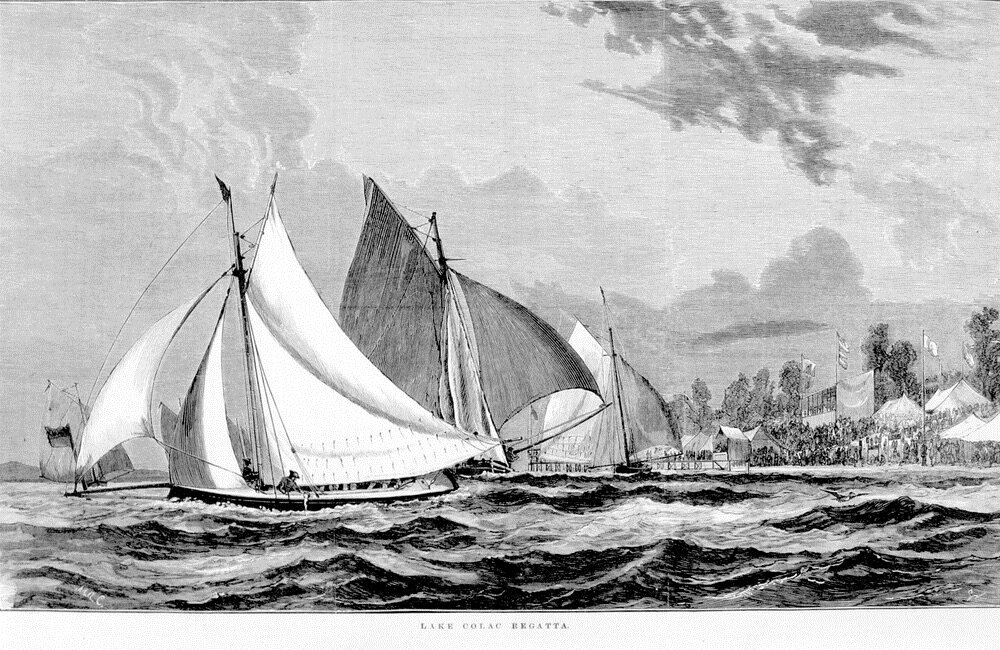
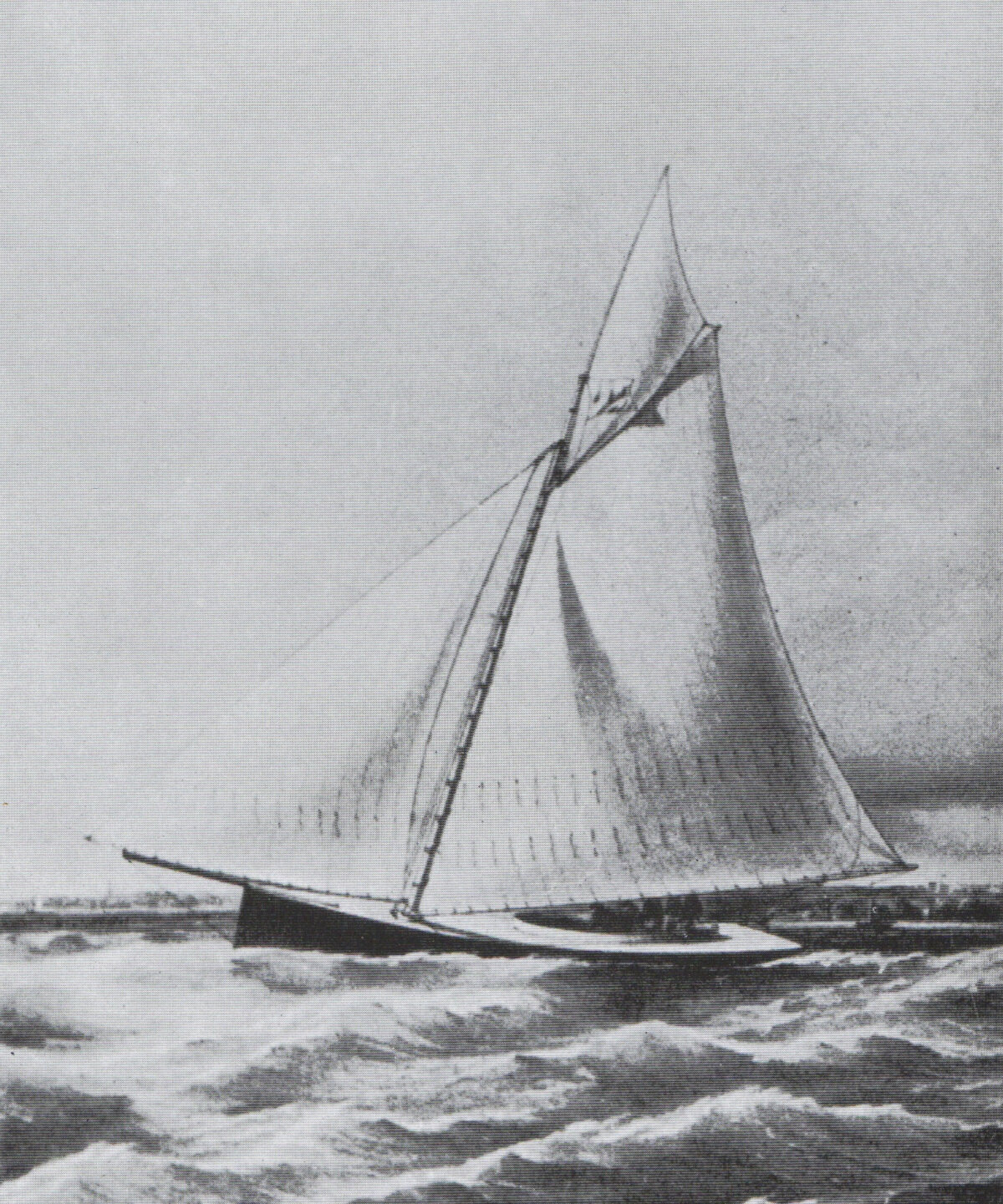
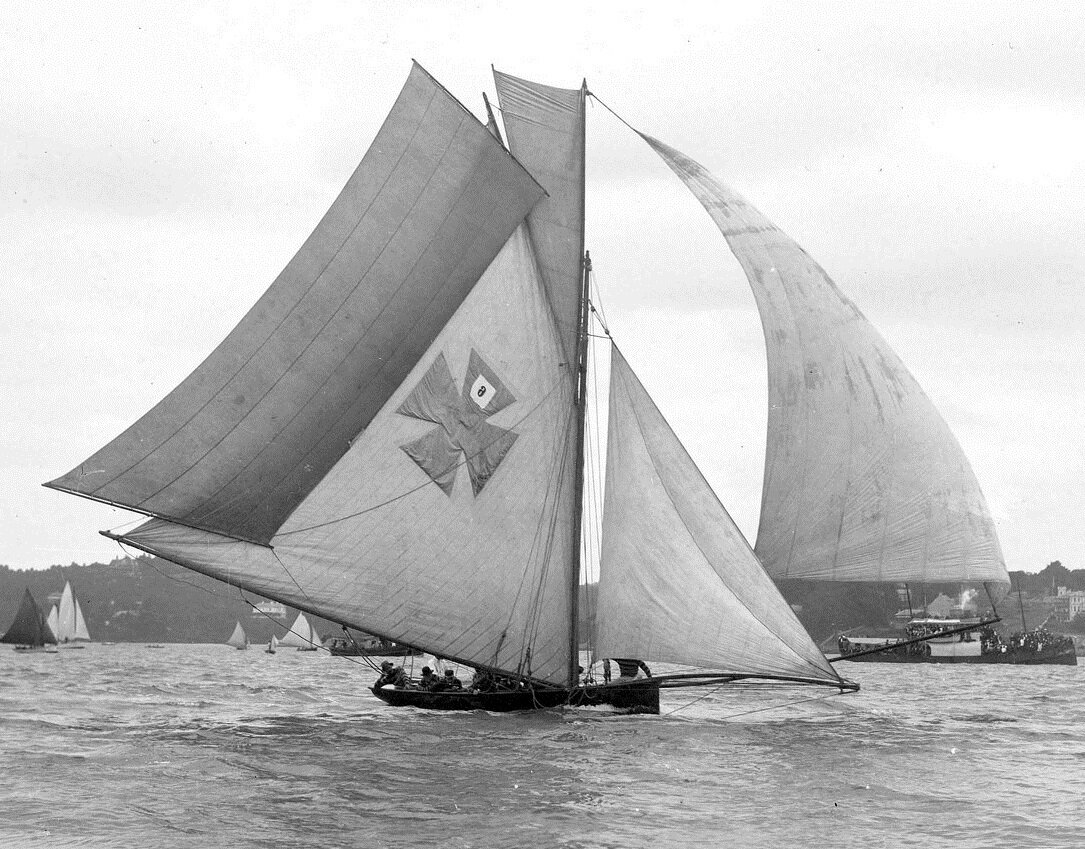
The Acrospires of Joe White
Joe White had five ACROSPIRE yachts. His Charlie Peel designed keelboats ACROSPIRE III & IV are well known in Melbourne. They are restored to racing condition and still sail with the Classic fleet on Port Phillip. The earlier ACROSPIRES I & II are less known.
JW’s father Alexander started a malting plant on the shores of Lake Wendouree in 1858 and built family wealth on the gold miners’ thirst. The White family contributed to Ballarat industrial life and the emerging yacht clubs that lived and died by the health (weeds) and depth (drought) of Lake Wendouree and the Victorian economy during the booms and busts at the end of the 19C. AW was a founding member of the Ballarat ASC. Joe took over the business aged 23 in 1896 when his father died.
JW purchased the 18’ ACROSPIRE I in the early 1890’s to compete in club handicap racing on Wendouree. As the lake fleets grew, boats were often shipped by rail then horse & cart between Albert Park, Ballarat and Lake Colac to compete in the interclub regattas. ACROSPIRE was sailing against boats with terrific names like WHITE SQUALL and FOAM. As one wit said; “Joe White should have purchased one of these two suitably named boats for a maltster rather than buy and re-name”. However Joe knew better. The key to making barrels of beer money rests with the malting process where the acrospire inside the barley kernel germinates and releases maltose to ferment into beer and beer to ferment into fortune.
ACROSPIRE I was a typical lake “flattie” while ACROSPIRE II was commissioned in 1911 from Charlie Peel, the Melbourne designer who took over Henry Murray’s mantle. With ACROSPIRE II, Peel displays his skill and knowledge of international competition and design. Peel knew of the highly competitive “scows” developed for the Seawanhaka Challenge Cup in America.
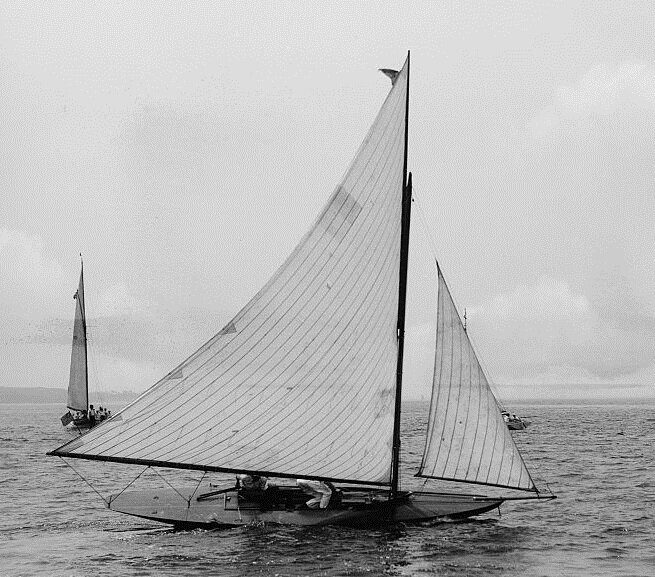
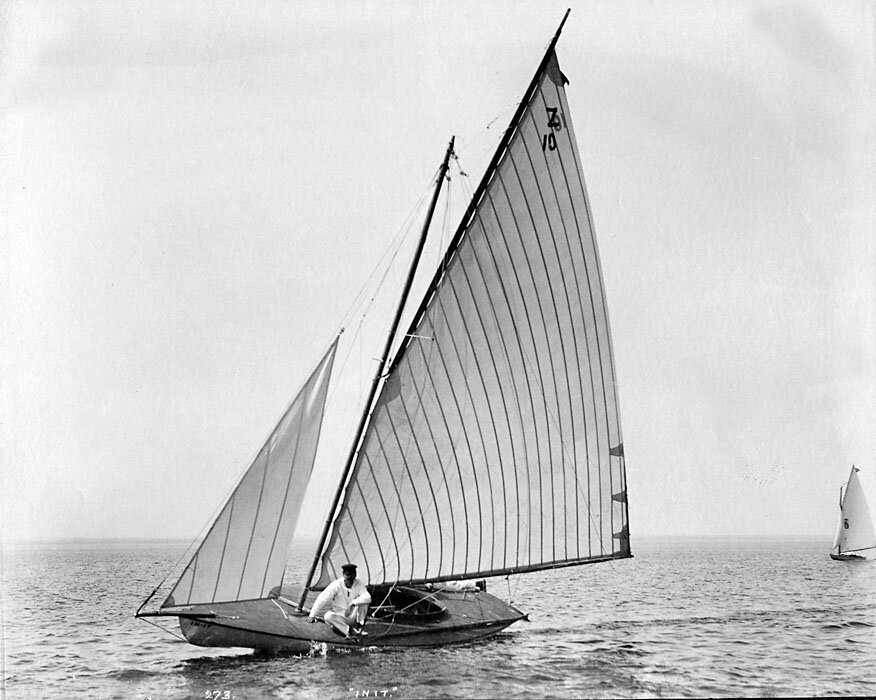
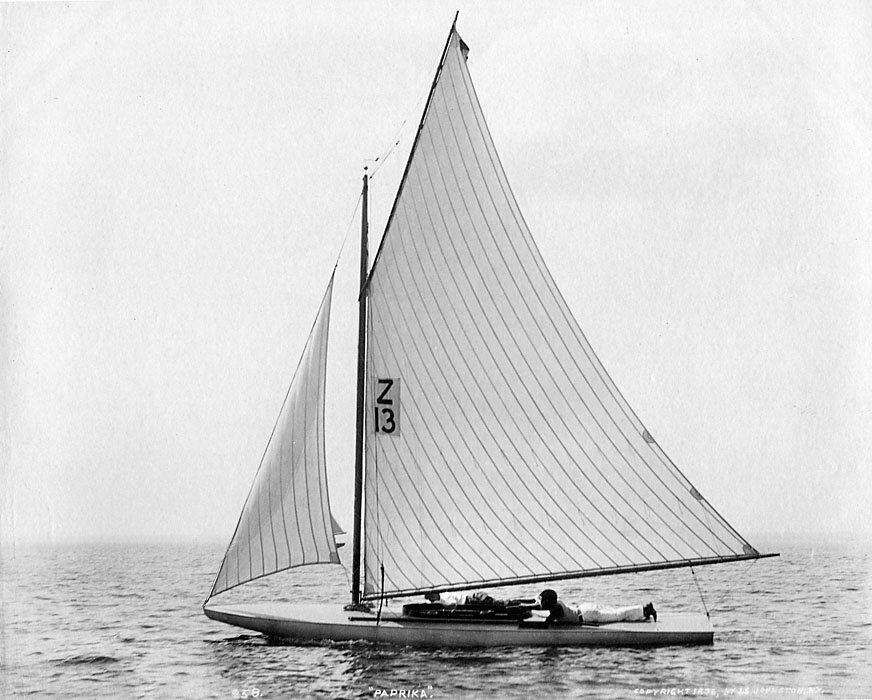
This has been sailed since 1895 using a similar format to the New York Yacht Club’s America’s Cup. It attracted experimental design of hulls (chine, carvel and semi-cat) with variable LOA, LWL’s and beam widths. The cup winner in 1896 was GLENCAIRN designed and sailed by a Canadian civil engineer Herrick Duggan from the Royal St. Lawrence YC, who summarised the status of design thinking;
“Studying hull designs in the inclined position in which the boats must generally sail, it became apparent that by making flat floors carried to the end of the waterlines, or a modified scow, many advantages were to be gained. When inclined, the flat section became a canoe-like form where waterline became elongated both forward and aft giving a sailing length considerably greater than the measured waterline, a symmetrical waterline plane and altogether very easy lines. It had another advantage in shifting the inclined centre of buoyancy further to leeward, thus giving a greater righting moment to the weight of the hull and crew and permitting a larger sail plan to be carried without increasing the beam.”
When designing ACROSPIRE II, Charlie Peel knew that protected lake sailing on Wendouree required a similar design with light displacement, a shallow planing hull, extended LOA combined with a short LWL (only when measured), allowing a large sail plan. At measurement she caused a sensation, not only for her sleek lines but also for her doubtful compliance. Gossip was put around that the 25’ max LWL was only achieved with two crew sitting on the bow. This seems typical of Peel to stretch the rules between hull lengths and sail area to achieve any advantage. ACROSPIRE II is now fully restored and still sailing at Albert Park YC, where Joe White joined after moving to Melbourne in 1914.
The concept of the skimming dish centreboard yacht has survived for over 150 years. We can all think of our favourite skiffs, scows and dinghies that retain Robert Fish’s 1850’s design at their heart.
Written By // Charlie Salter
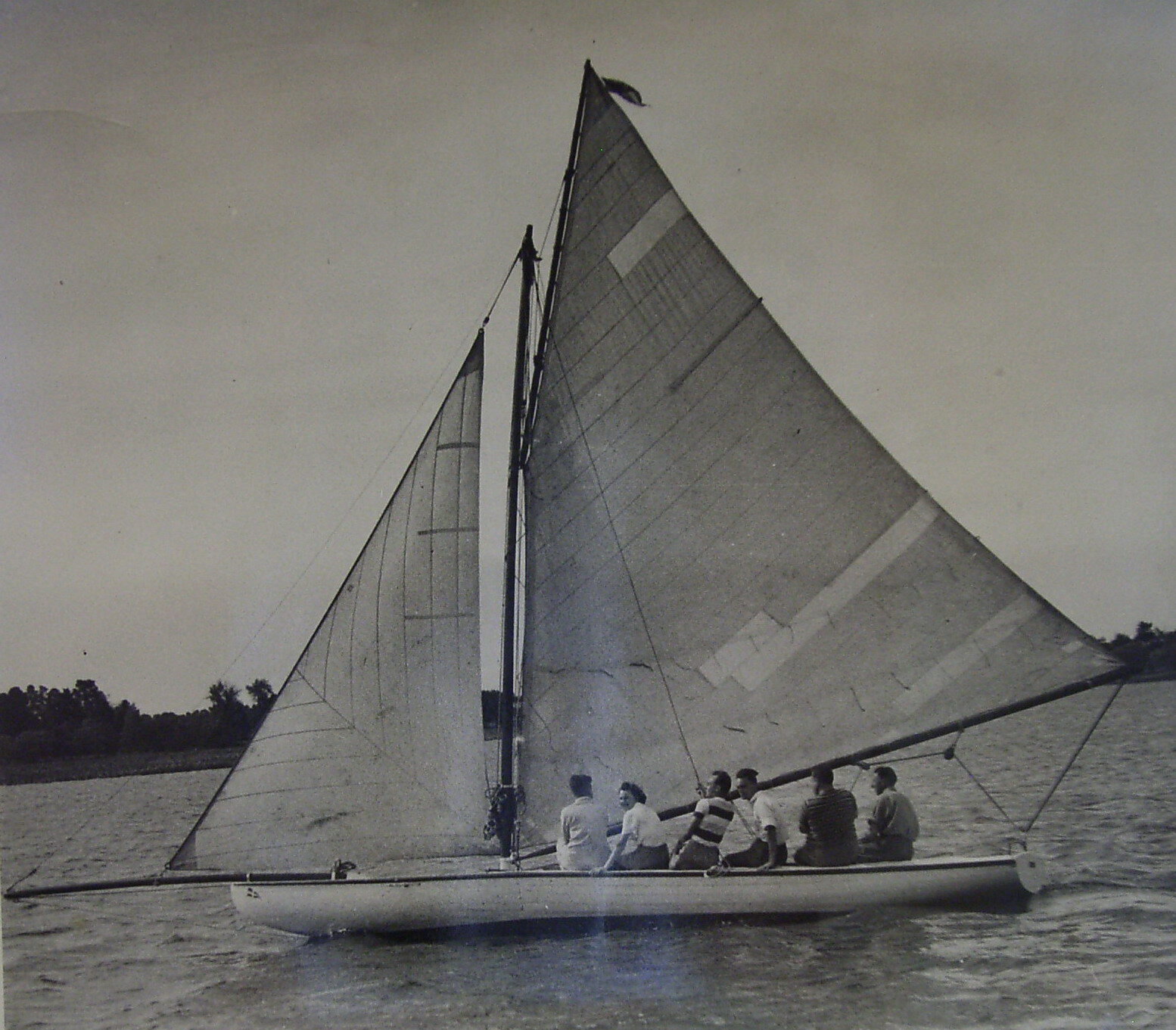
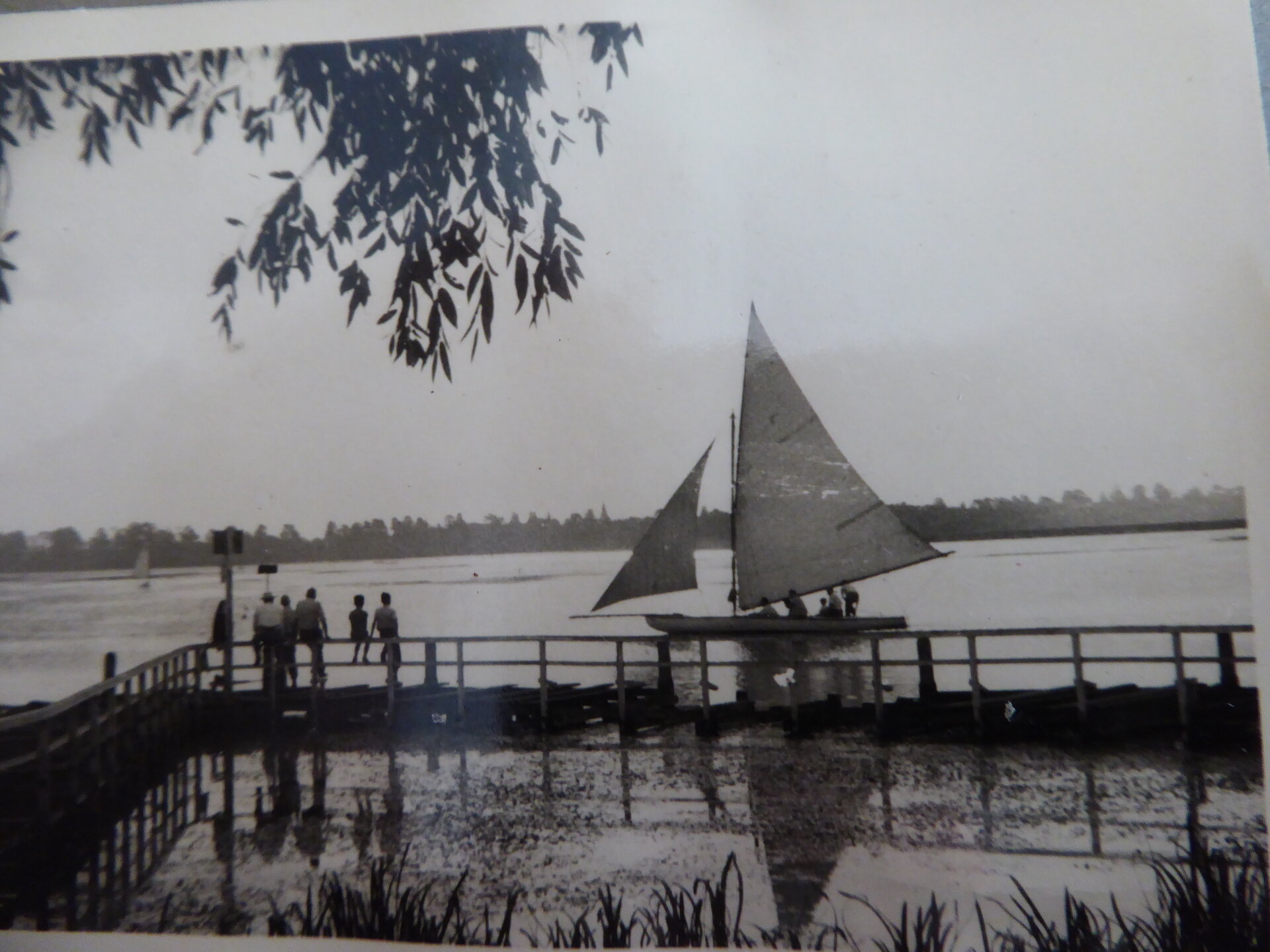

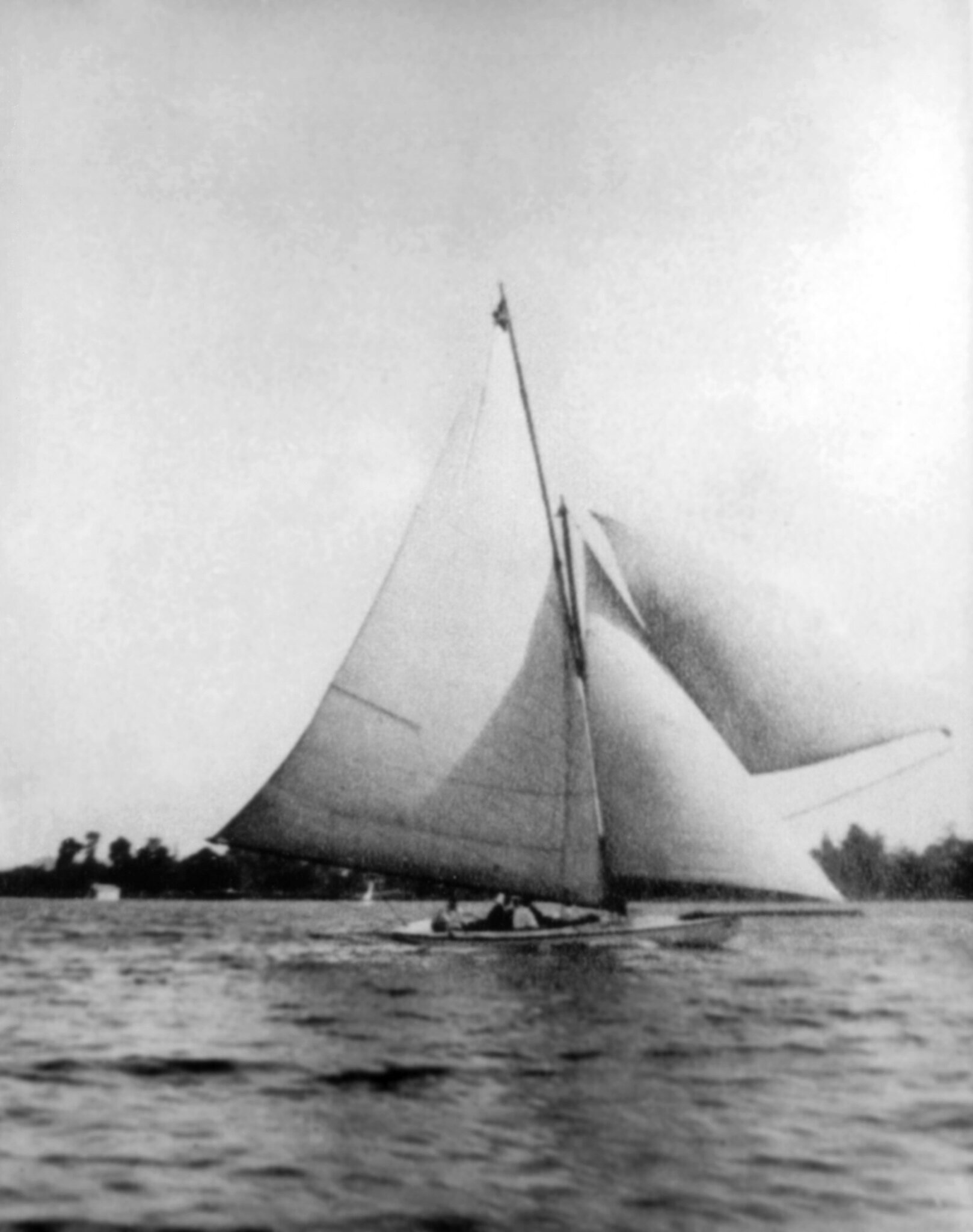
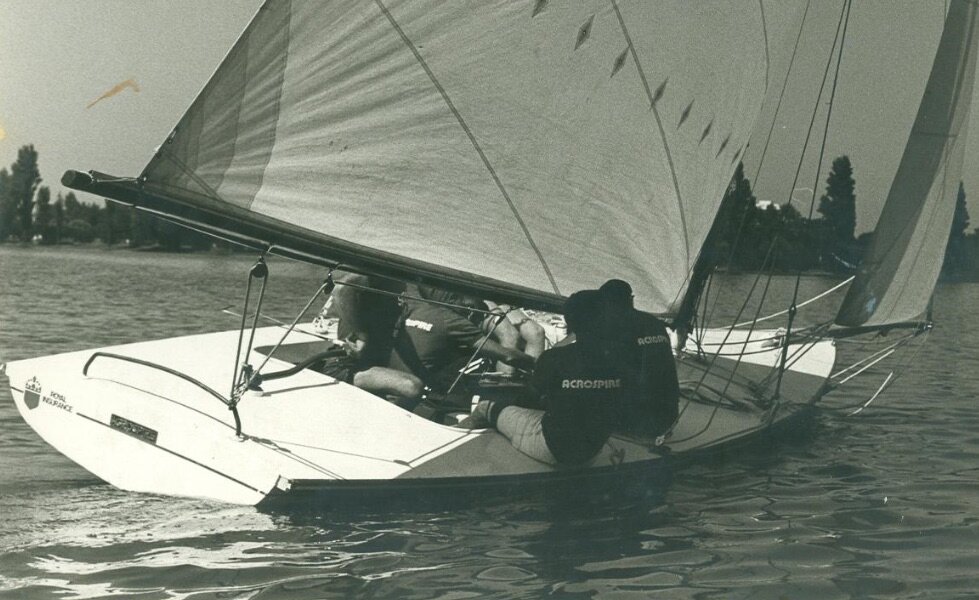
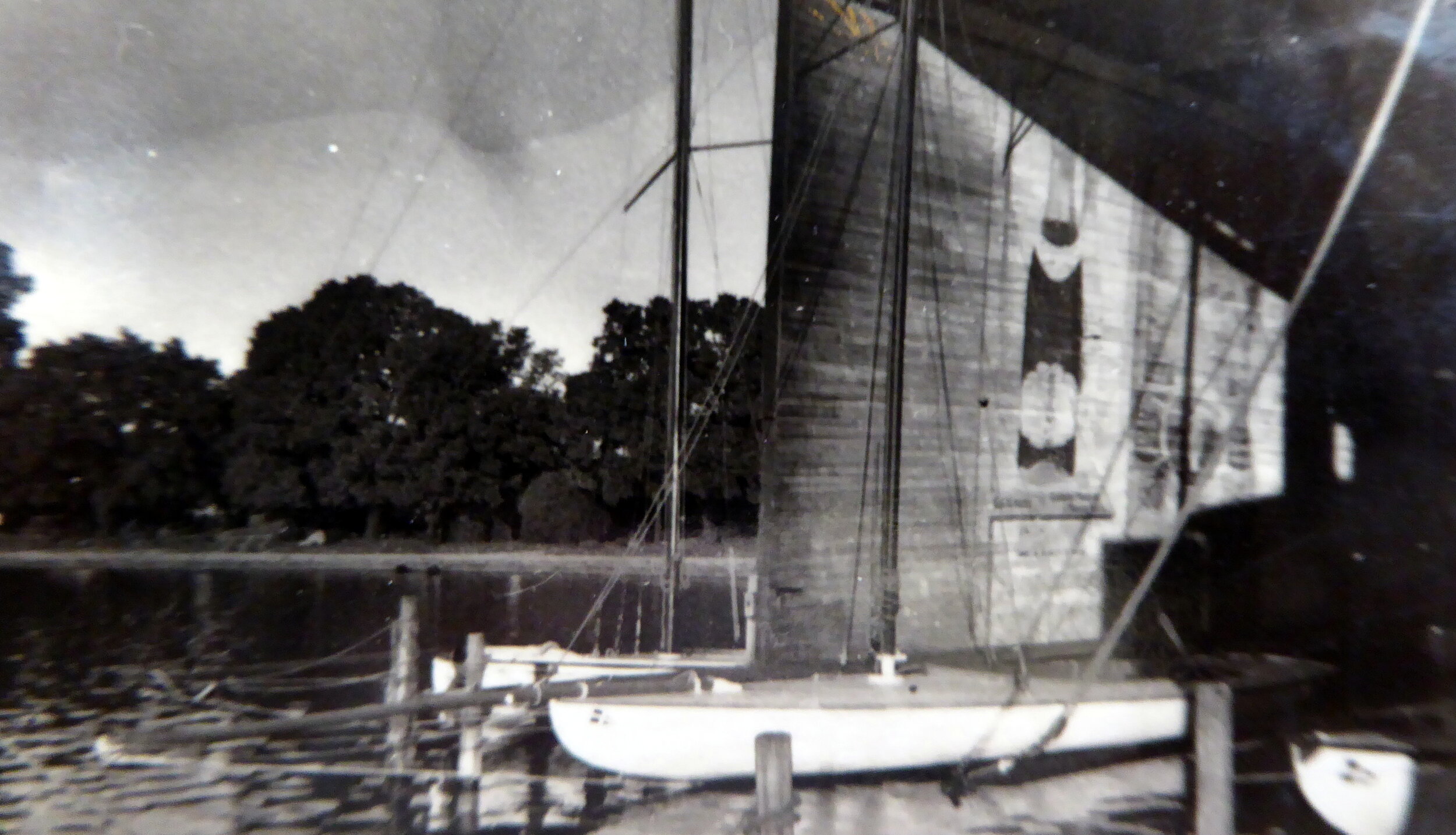
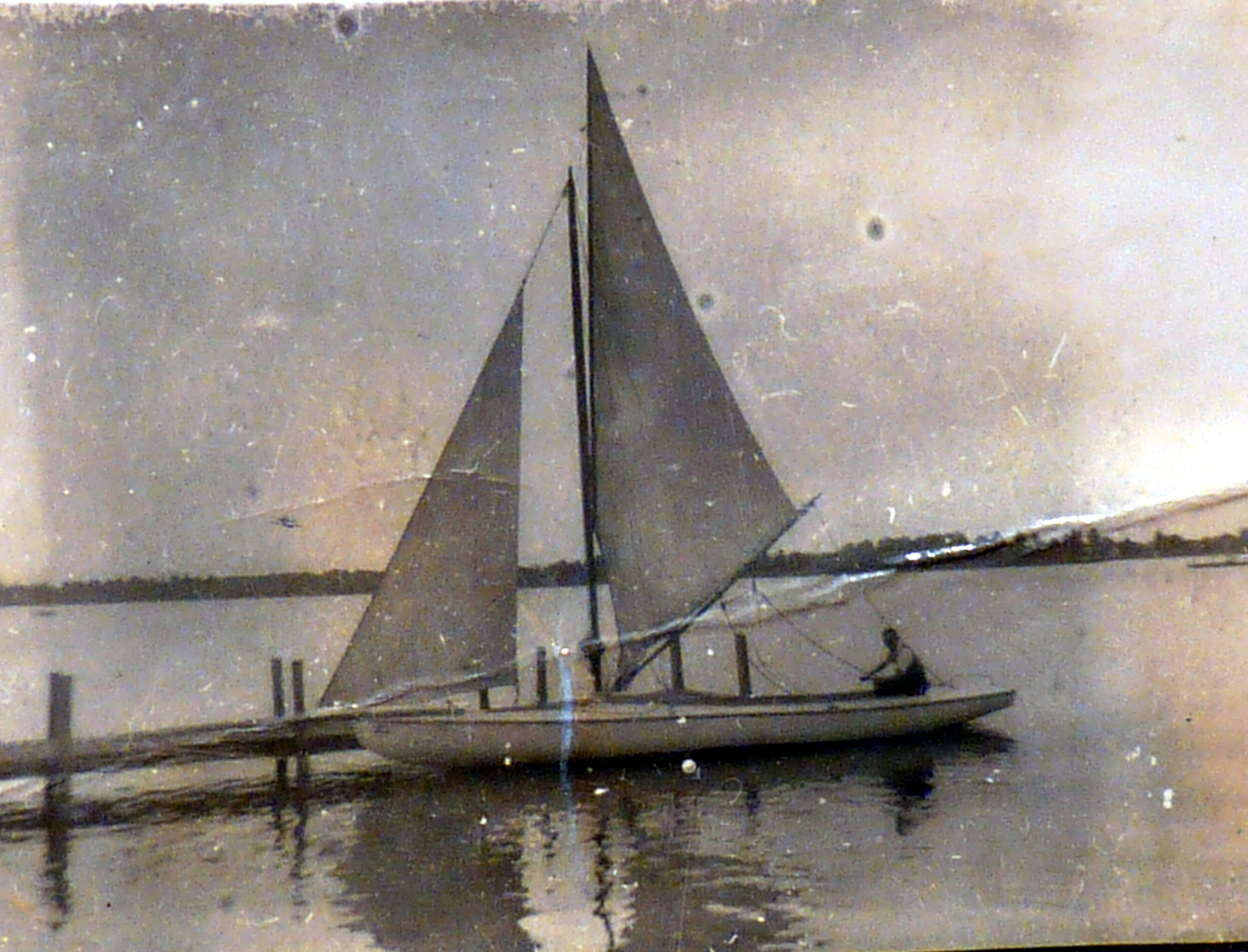
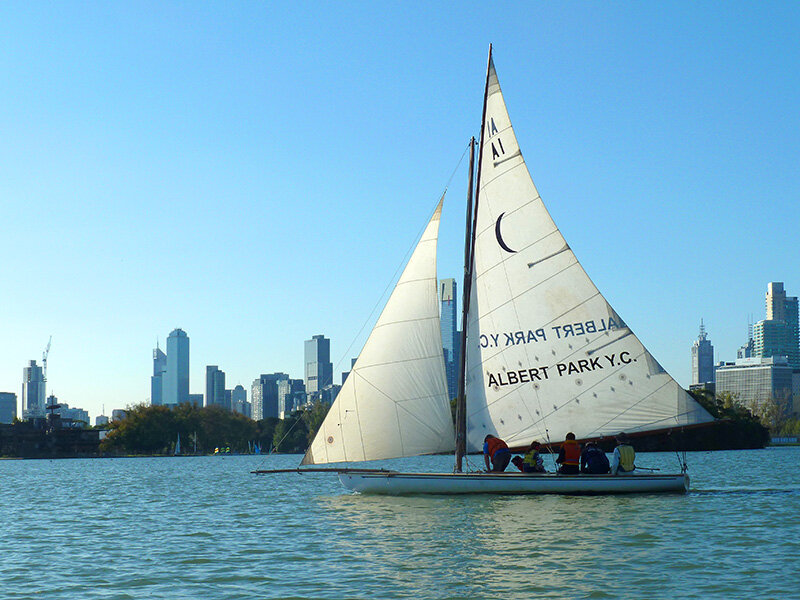

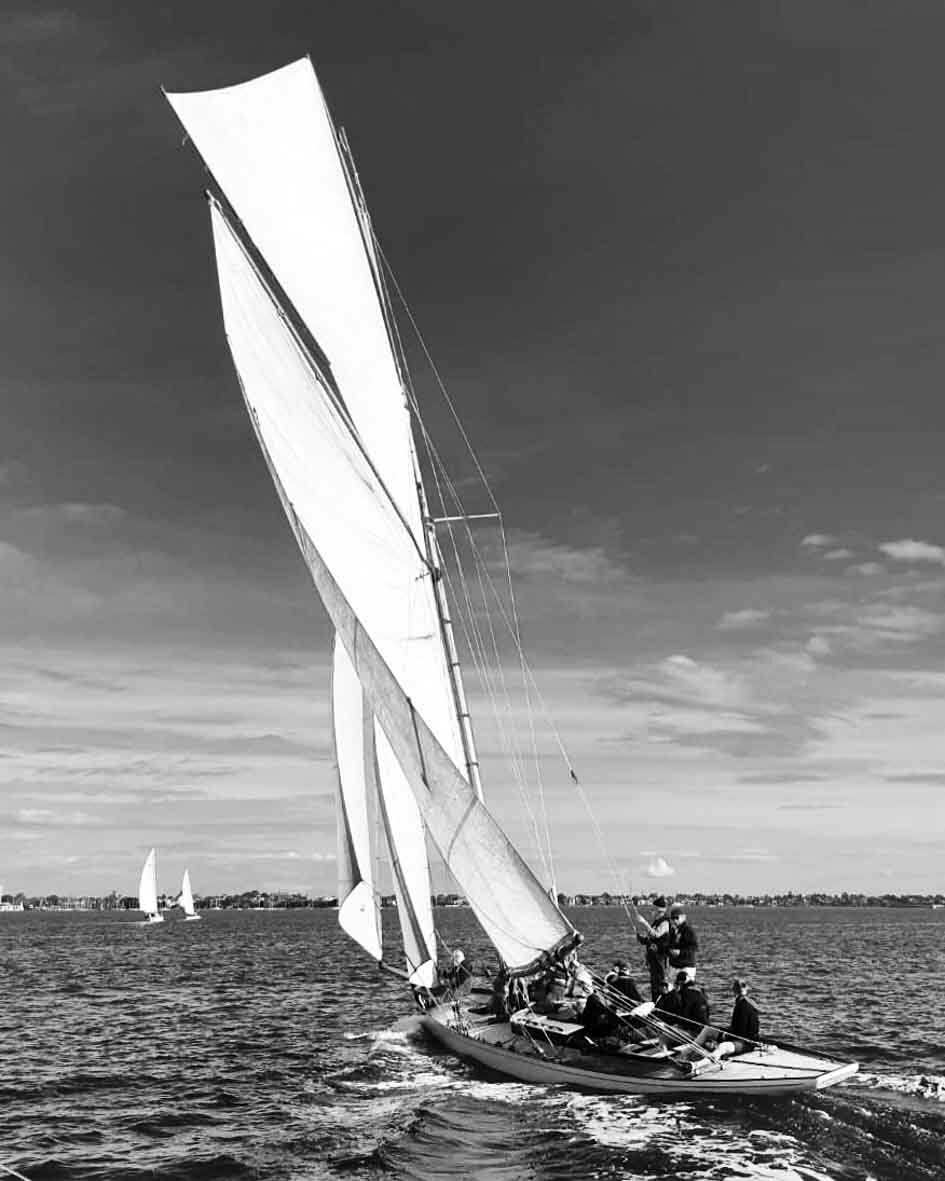
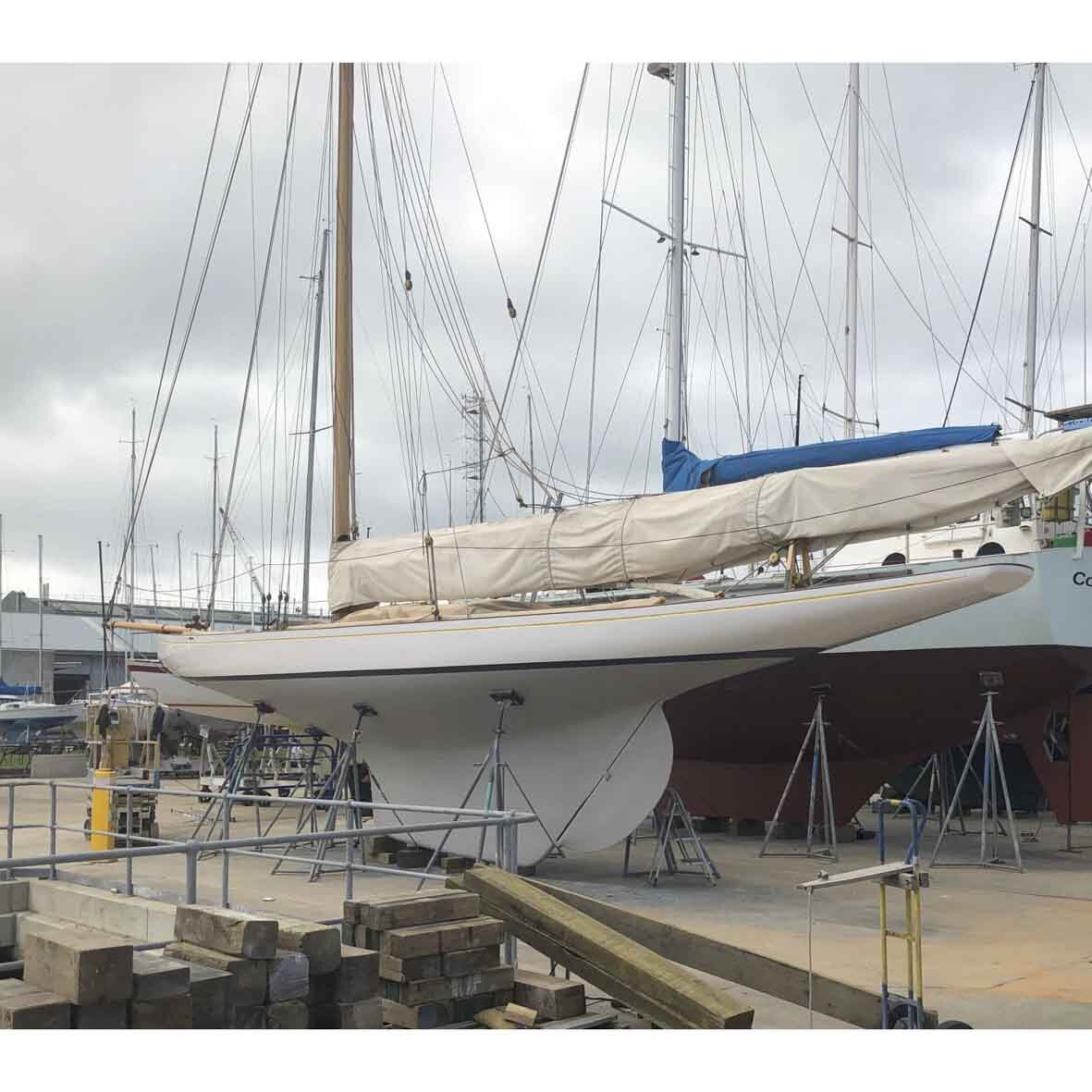
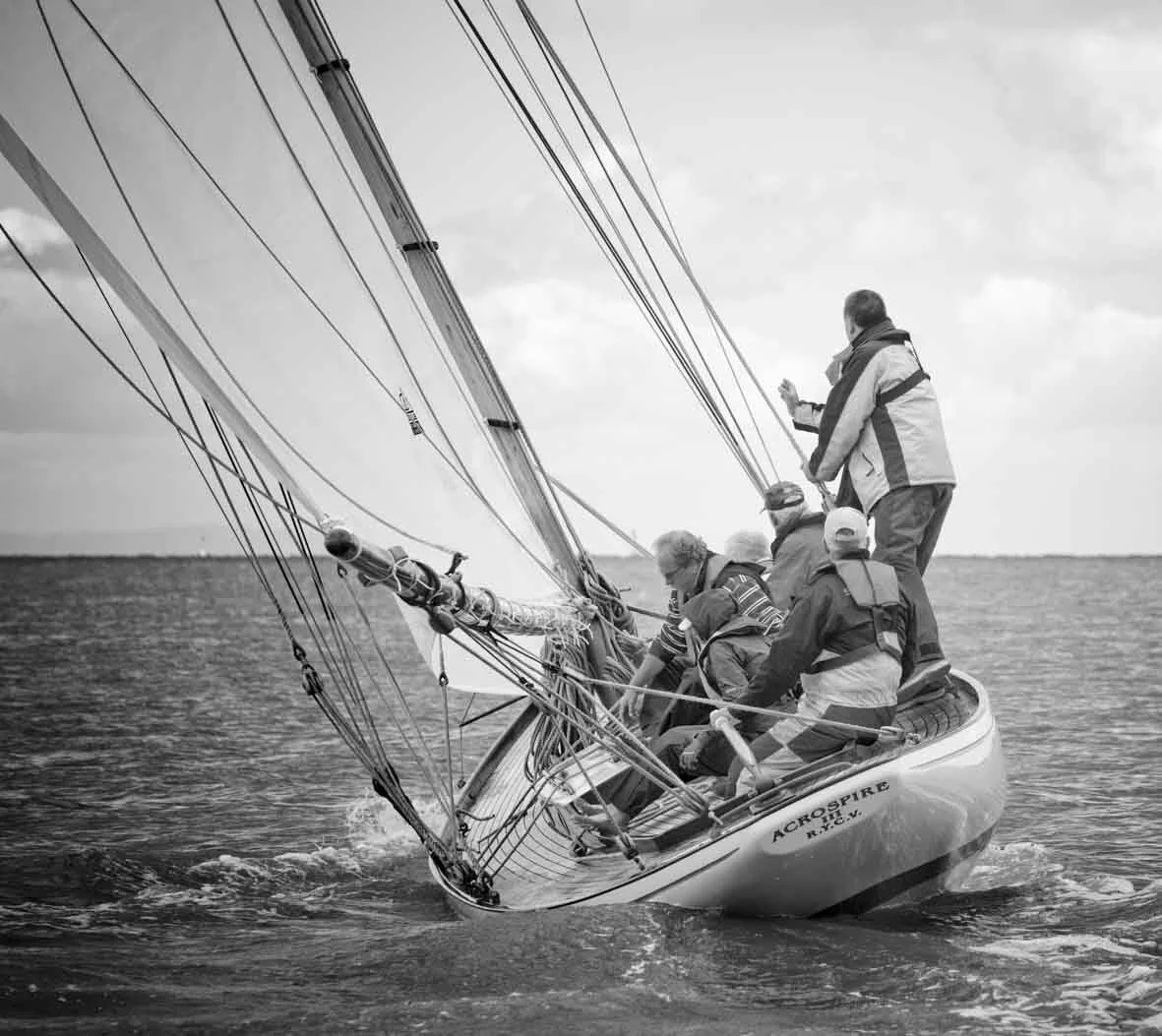
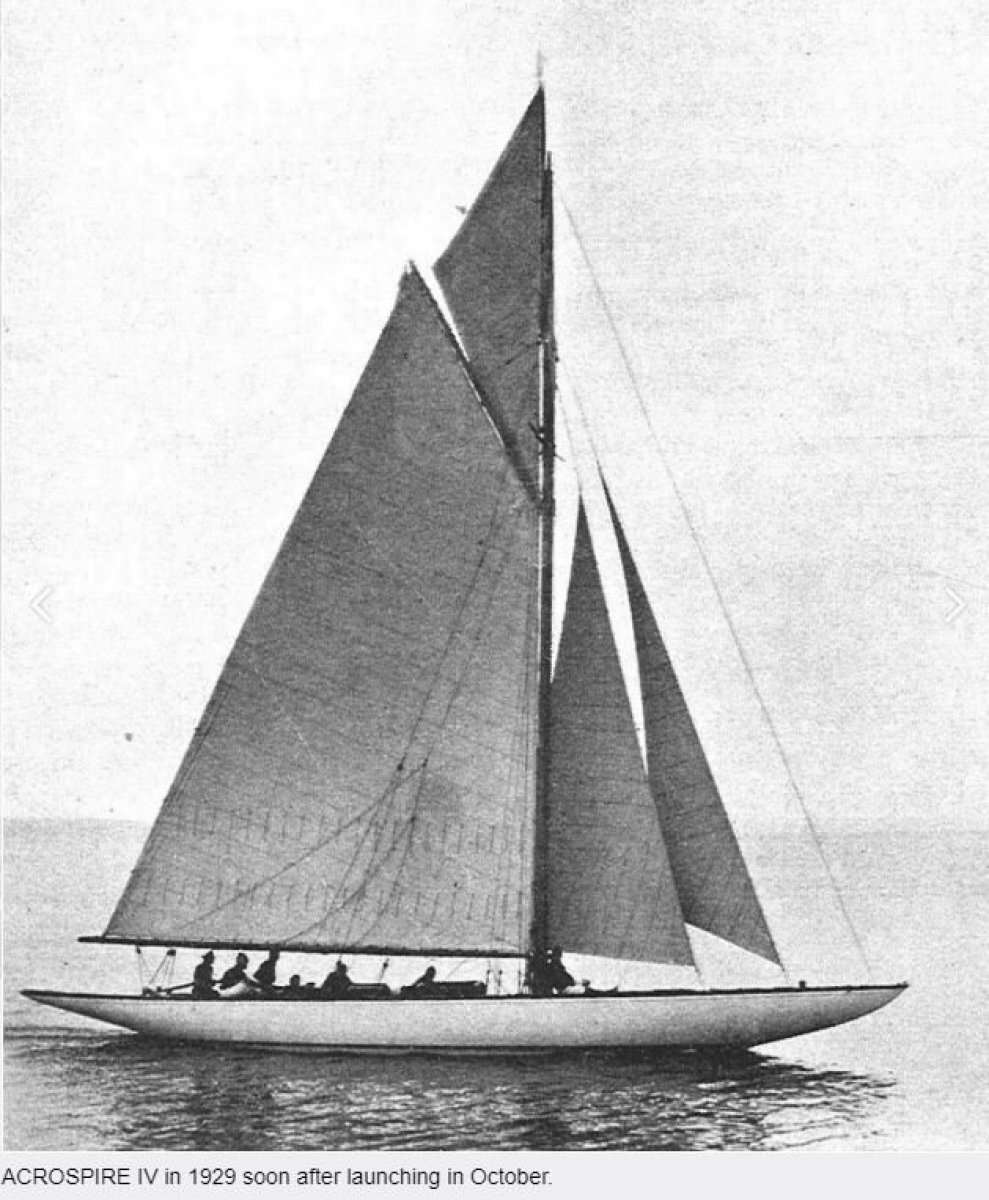
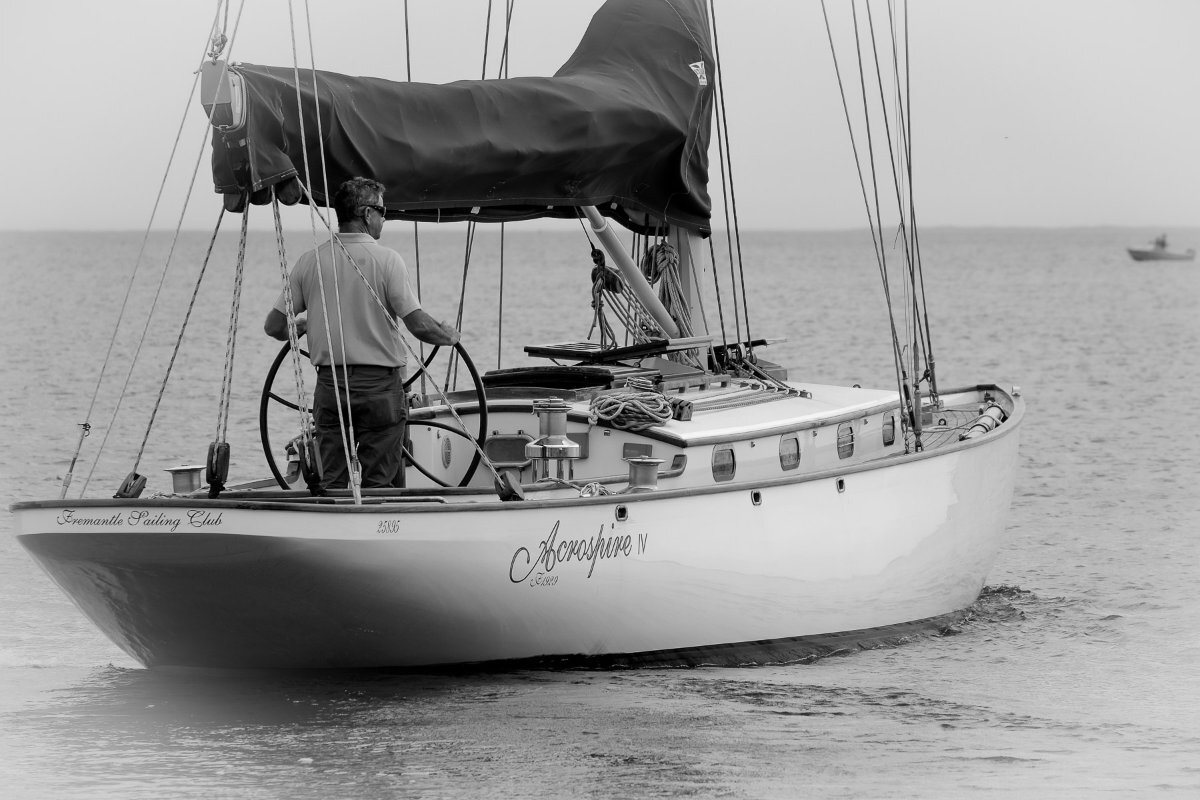
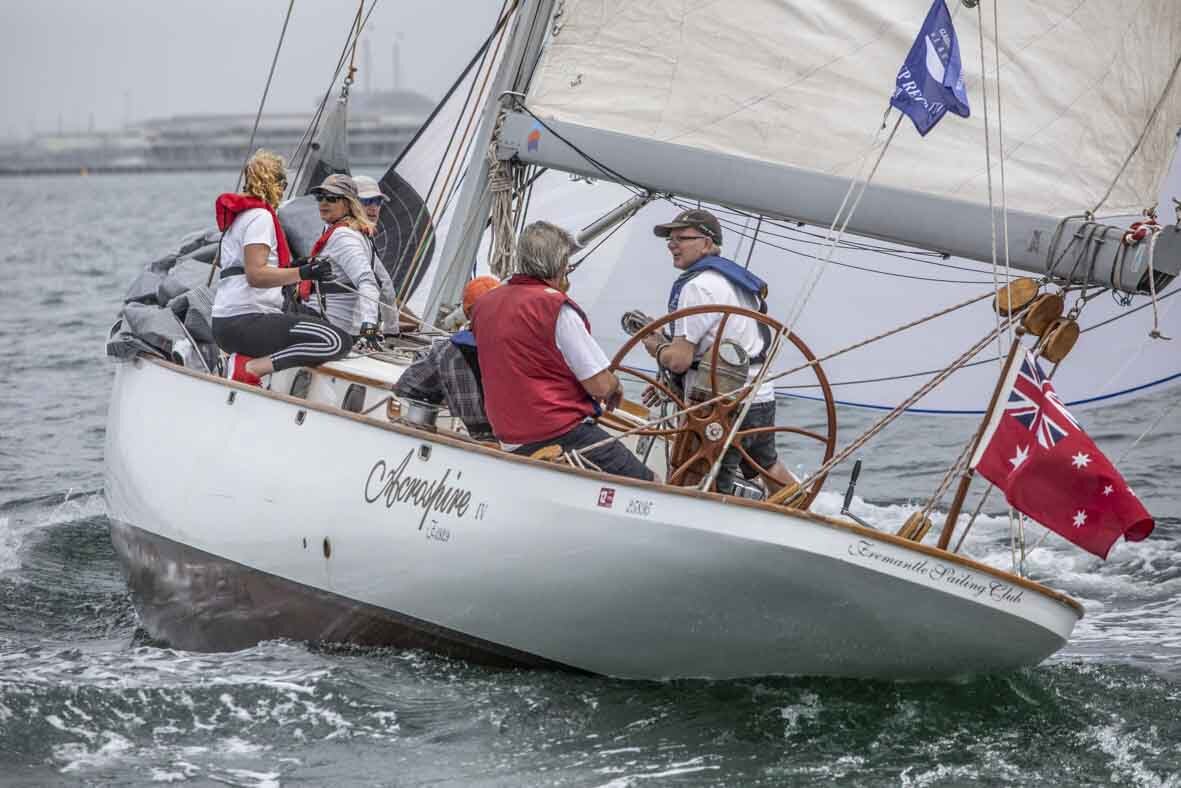


The author joined Albert Sailing Club in 1969 where the dominant classes were Jack Holt’s Mirror (Gunter rig) and the single-handed OK Dinghy (Cat rig). Parents of lake juniors were happy as we could catch a tram and stand in the mud with our heads just above water. Capsizing was half the fun.

